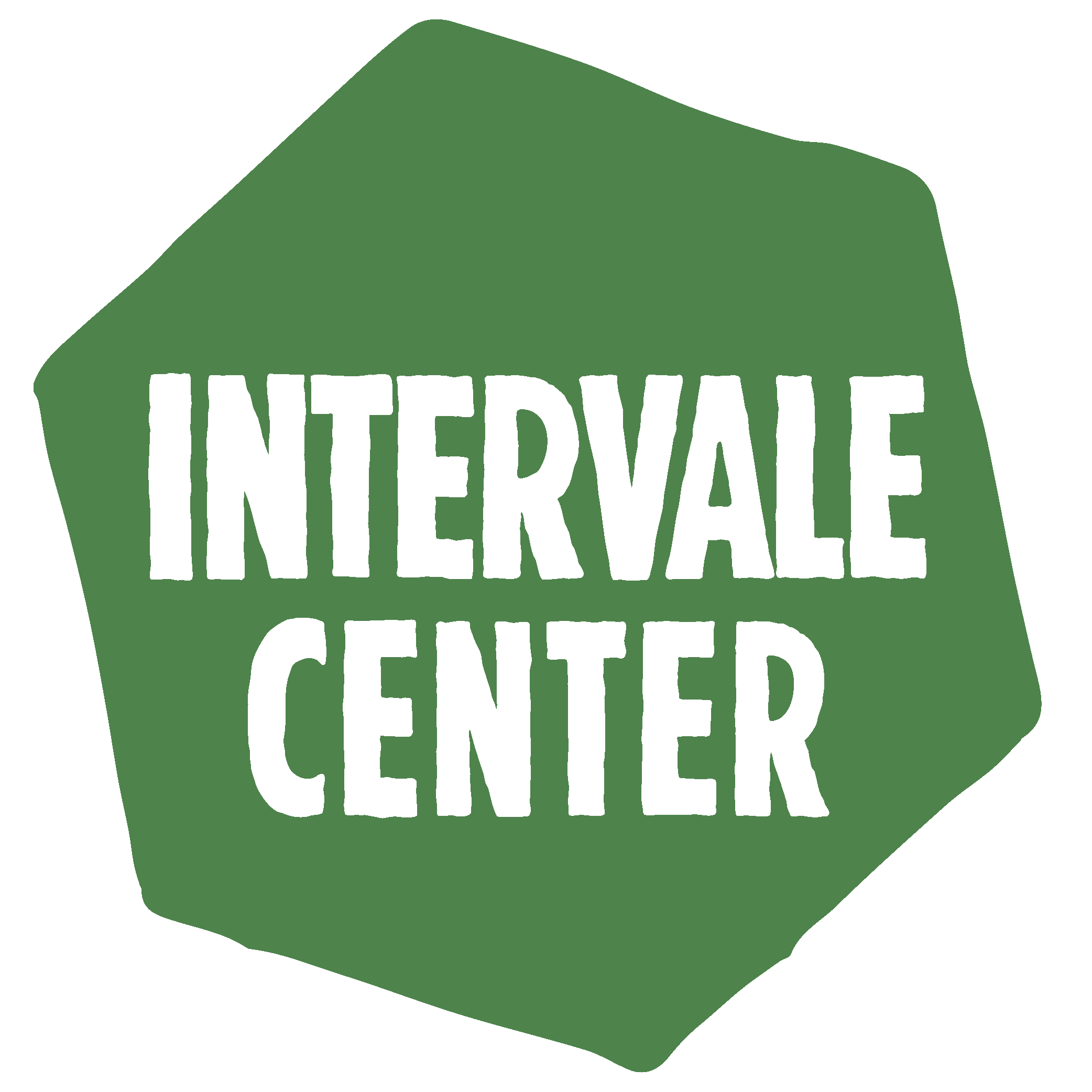Looking Back on the Spring Seed Collection Season
by Brooke Fleischman and Jess Colby
Did you know that statewide seed coordination and collection efforts are based out of the Intervale Conservation Nursery? The purpose of this project is to develop a statewide network of organizations that will work together to increase the number of native tree and shrub seeds available for restoration projects that support climate mitigation, water quality, and healthy habitats.
In 2023, the Intervale Center’s Conservation Nursery received funding from the Lake Champlain Basin Program Native Tree Nursery Grant to expand our capacity to provide native trees and shrubs for conservation partners throughout the Lake Champlain Basin of Vermont and New York. One of the tasks was to employ a crew to support seed collecting as we develop a cooperative model for seed sourcing and increase our capacity as a sector to produce trees. Their goals were to identify sites, collect, clean, and store seeds from 8 key spring species. Some of these included silver maple, shrub willow, and balsam poplar, which are especially high priority and time-sensitive.
The NorthWoods Stewardship Center is an important partner in this work. Their Riparian Lands Crew has continued to be funded by the Great Lakes Fisheries Commission through Vermont Fish & Wildlife (VFWD). This spring, we were able to focus on tracking the phenology of all of our targeted species with much more precision than in previous years. Knowing what species would be collected later in the season, these two were able to determine important phenological time periods to assess some of our fall tree and shrub species and have begun identifying locations that should be bountiful collection sites.
We also received collection support from a VFWD seasonal hire, groups from the University of Vermont, and a few of our newer partnering organizations which we talk more about in the newsletter. With more hands on deck, we had the time to make more accurate seed counts and run germination tests on samples of our collections from spring 2023 and 2024. The chart included on the right shows the average germination results for each species.
We had varying levels of germination success with species in the Salicaceae family, such as balsam poplar, eastern cottonwood, quaking aspen, shrub willow, and black willow. These species generally don’t produce empty seeds and don’t require any pre-treatments prior to testing so we should see higher rates in species such as shrub willow and black willow. These lower rates could be due to a variety of factors and we will continue testing our methods in the spring seasons to come. For species such as red maple, silver maple, and American elm these germination results seem to fall within a relatively standard rate of germination. Interested in learning more about our seed collection efforts in Vermont? Check out our latest newsletter below.








